Paint Strippers
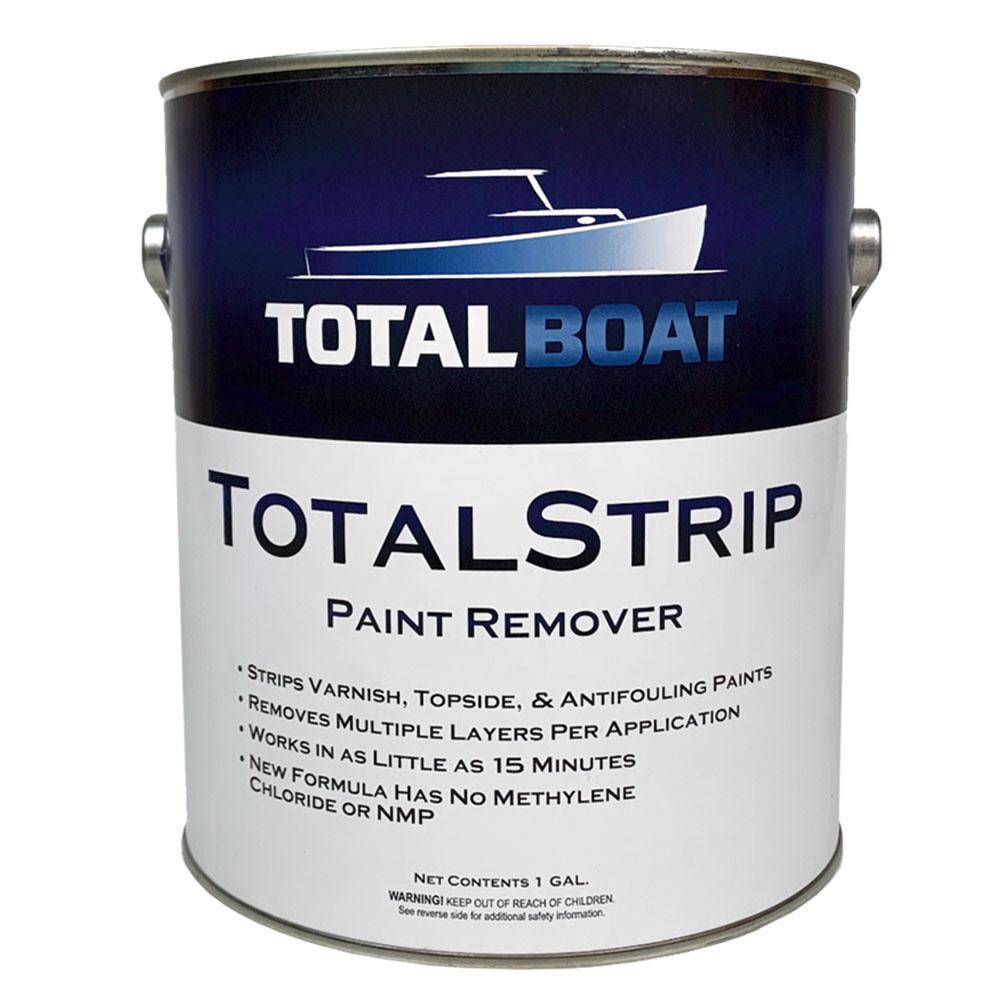
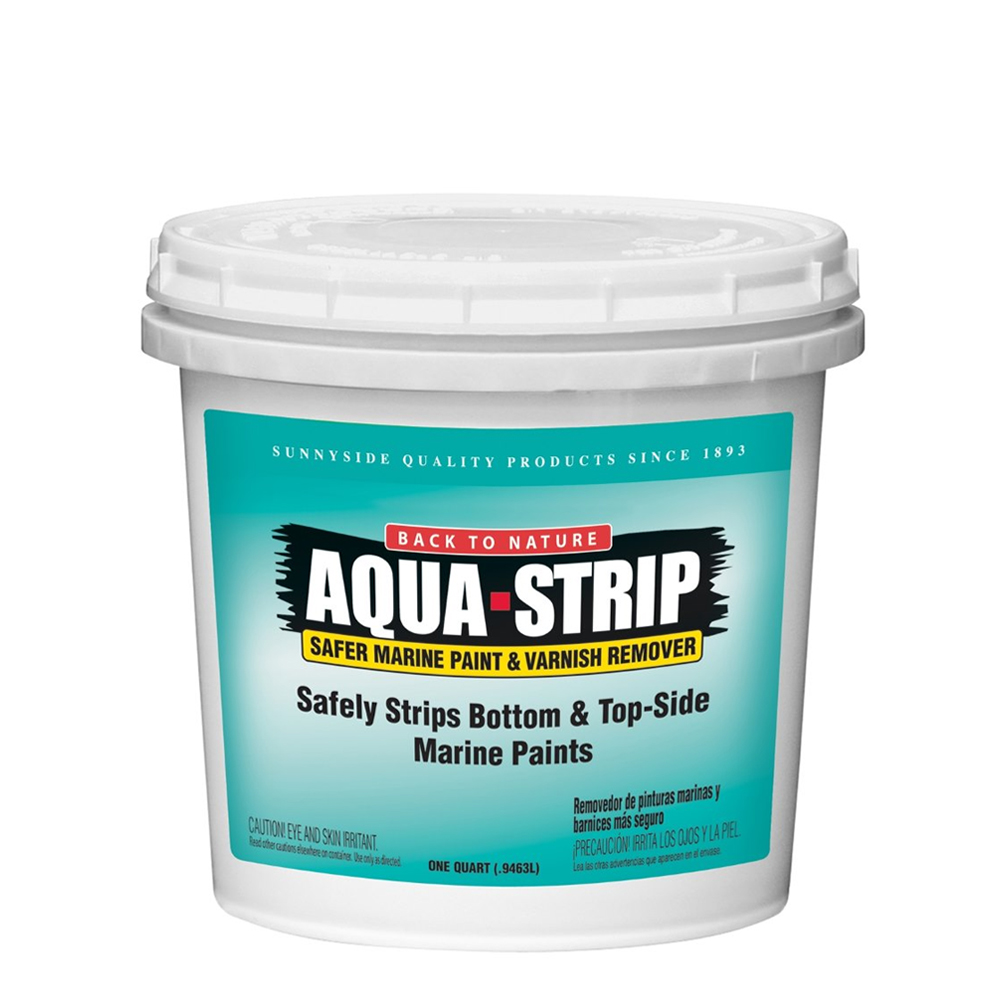
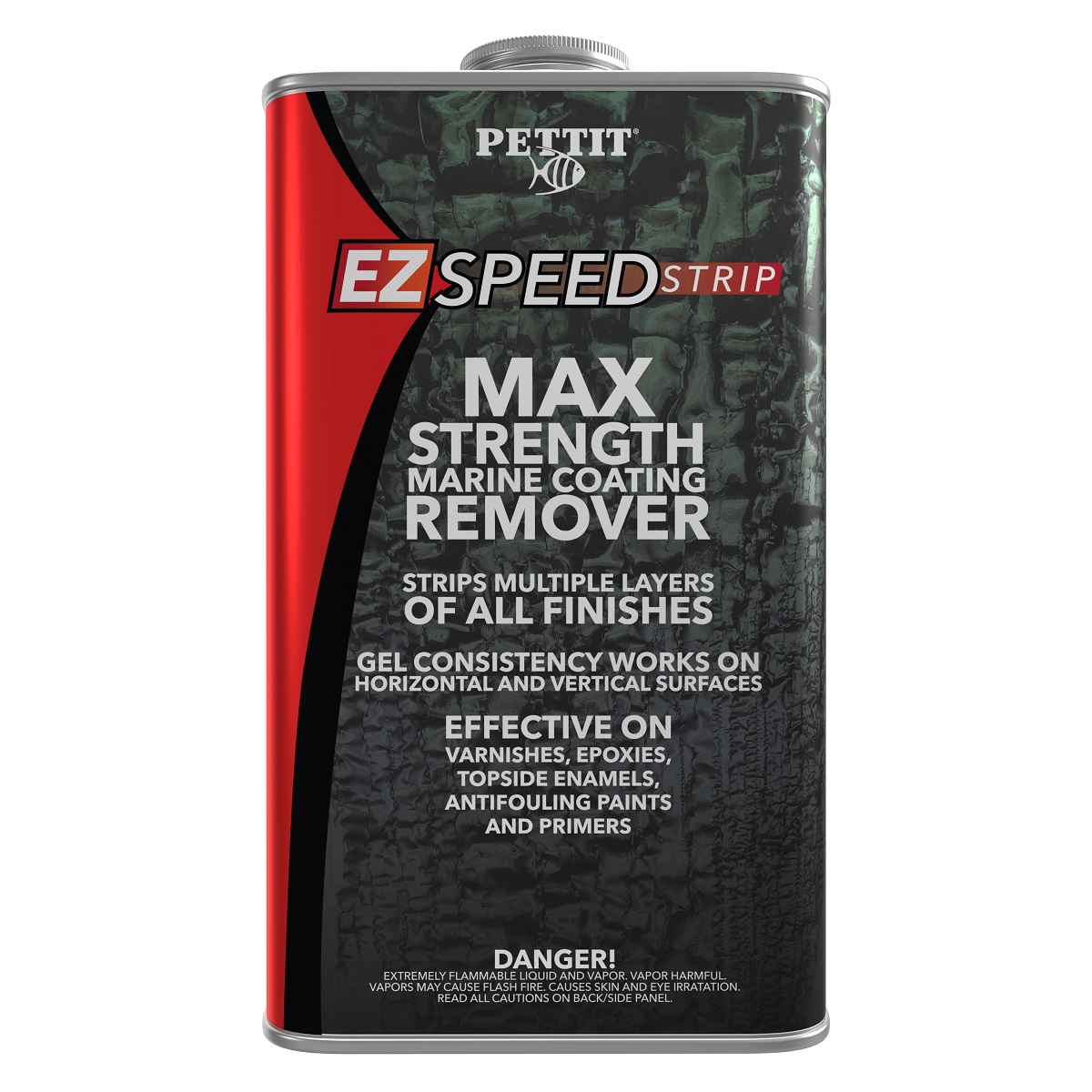
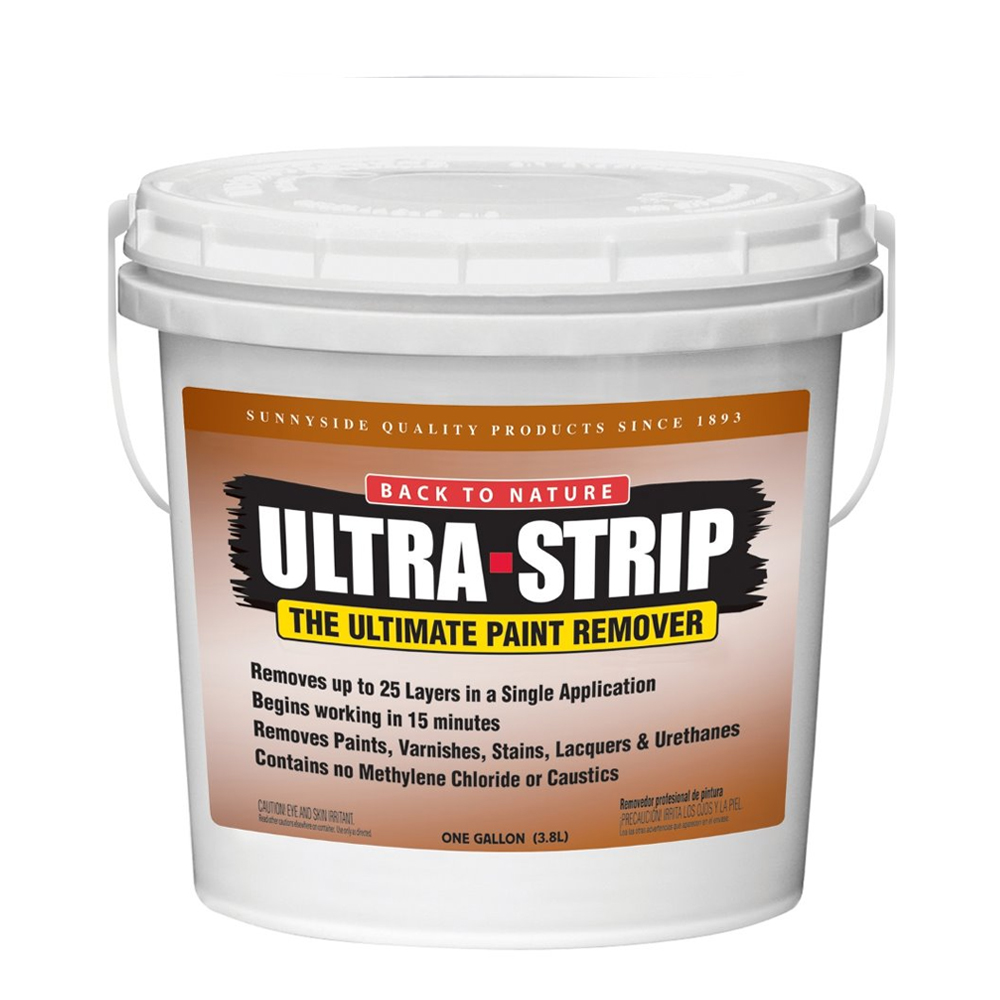
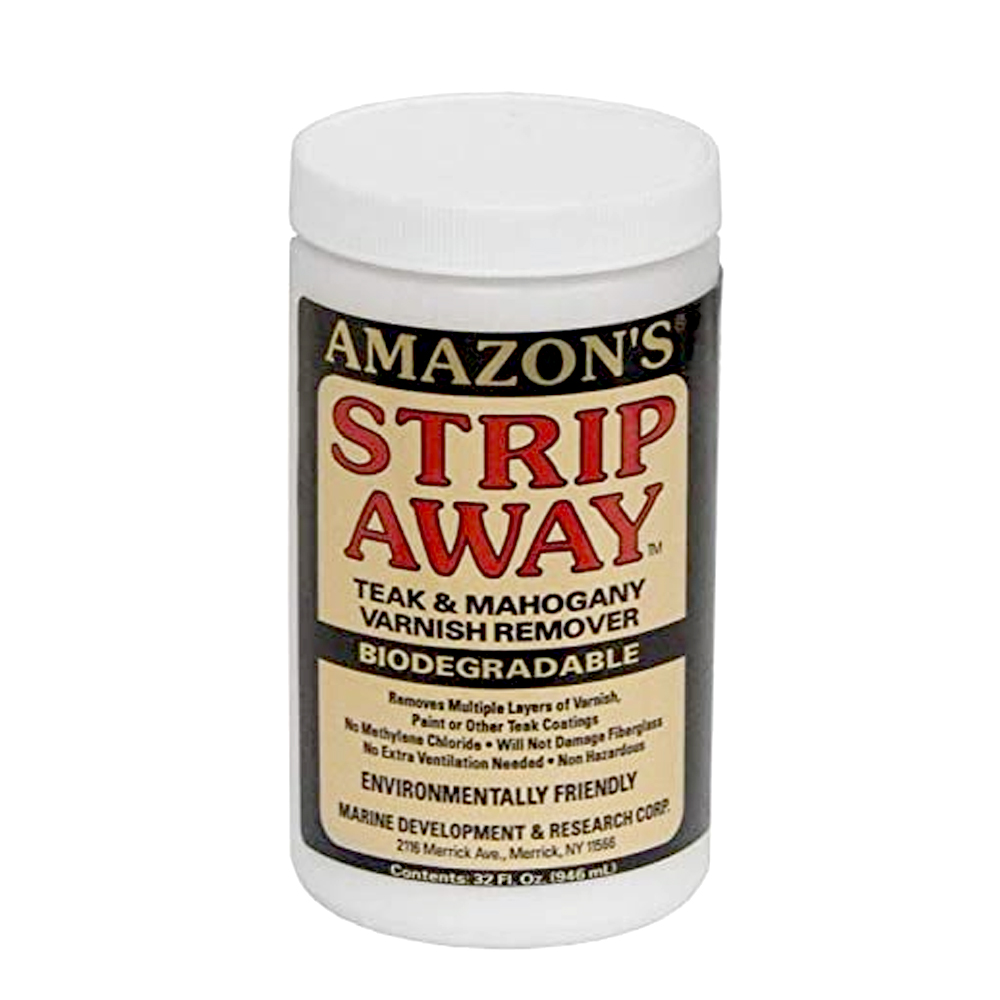
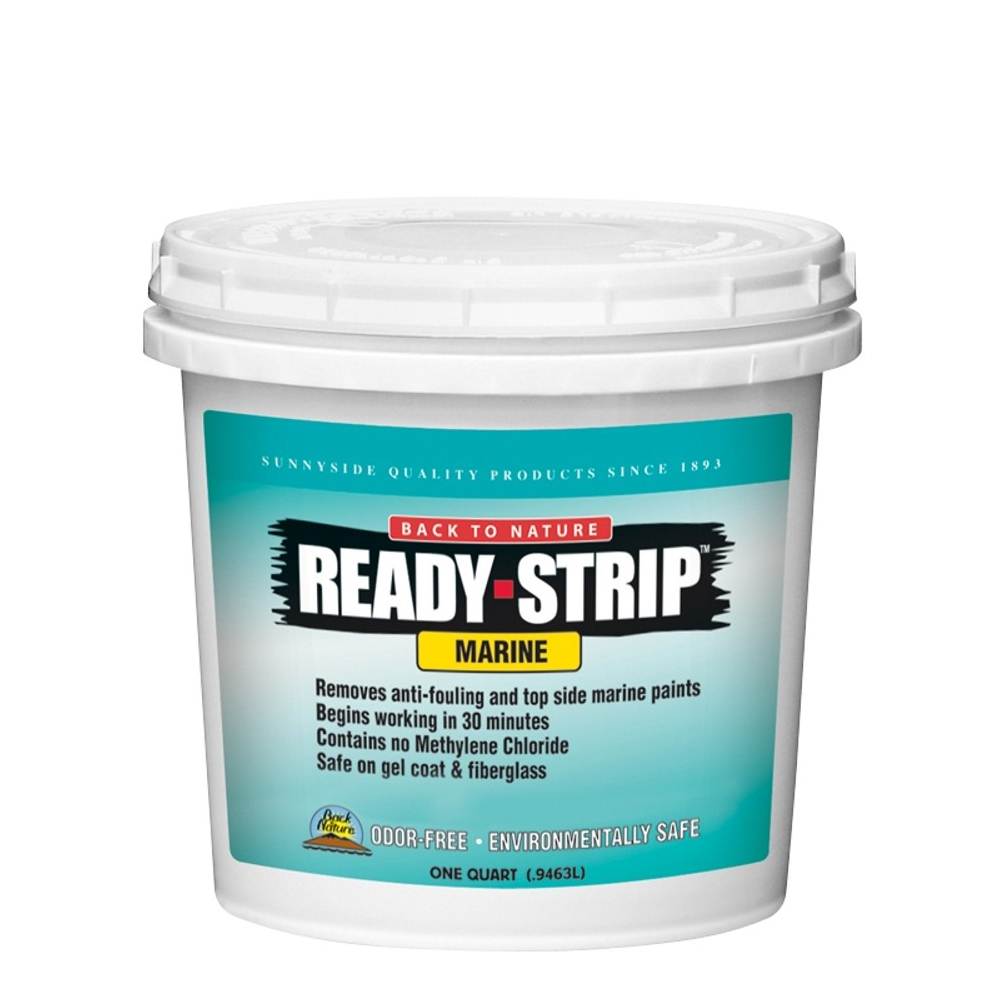
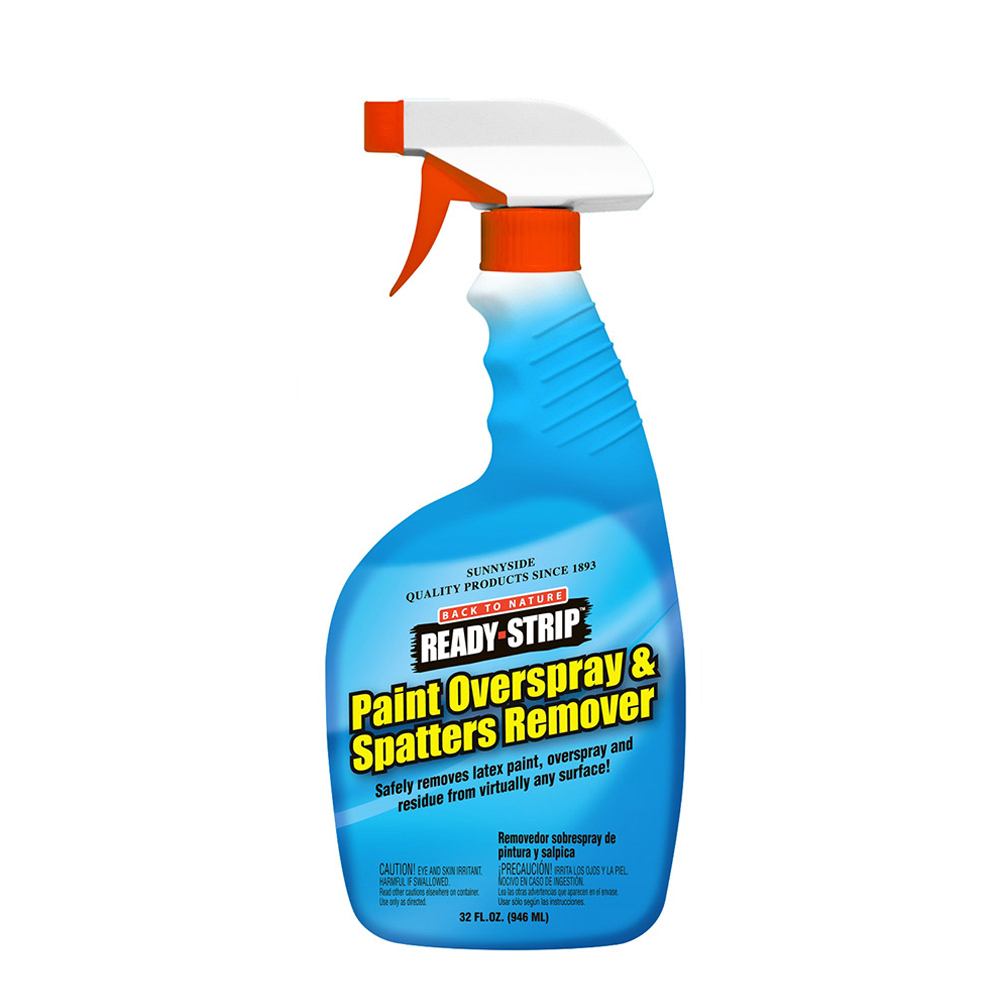
Paint Stripper Information
Paint stripper is a broad term that refers different types of chemicals generally used to remove the finish from a surface. Strippers are composed of solvents and chemicals that are sometimes used alone or in various combinations and strengths.
Common paint stripping solvents include Methylene Chloride, Acetone, Toluene, and Methanol, N-Methyl Pyrrolidone, and di-basic esters. Sodium Hydroxide (lye) and Ammonia Hydroxide (ammonia) are popular finish stripping alkali solutions.
Paint strippers contain different chemicals, and the potential hazards are different for various products. Each product has specific safety precautions (refer to the MSDS and instructions/ingredients disclosed with each type of paint stripper). However, there are some general safety steps to keep in mind when using any paint stripper. If you use paint strippers frequently, it is particularly important that you follow these steps:
1. Always read and follow all the instructions and safety precautions on the label. Do not assume you already know how to use the product. The hazards may be different from one product to another, and the ingredients in individual products often change over time. The label tells you what actions you should take to reduce hazards and the first aid measures to use.2. Wear chemical-resistant gloves appropriate to the type of stripper being used (see manufacturer's instructions). Common kitchen latex gloves do not provide enough protection.
3. Avoid getting the paint stripper on your skin or in your eyes. Wear protective clothing and goggles appropriate for the project and type of stripper.
4. Use paint strippers outdoors if possible. If you must use them indoors, cross-ventilate by opening all doors and windows. Make sure there is fresh air movement throughout the room. Ventilate the area before, during, and after applying and stripping. Never use any paint stripper in a poorly ventilated area. If work must be done indoors under low ventilation conditions, consider having the work done professionally instead of attempting it yourself.
5. If you must work indoors, always work so the stripper fumes are blowing away from you and to the outside. A fan can be used to improve cross-ventilation and to ensure fresh air movement. A fan is particularly important for nonflammable products that evaporate quickly, such as methylene chloride. Electrical sparks from fans may increase the chance of flammable paint strippers fumes to catch fire.
6. Do not use flammable paint strippers near any source of sparks, flame, or high heat. Do not work near gas stoves, kerosene heaters, gas or electric water heaters, gas or electric clothes dryers, gas or electric furnaces, gas or electric space heaters, sanders, buffers, or other electric hand tools. Open flames, cigarettes, matches, lighters, pilot lights, or electric sparks can cause the chemicals in the paint strippers to suddenly catch fire.
7. Only strip paint with chemicals that are marketed as paint strippers. Never use gasoline, lighter fluid, or kerosene to strip paint.
8. Dispose of paint strippers according to the instructions on the label. If you have any questions, ask your local environmental sanitation department about proper disposal.
